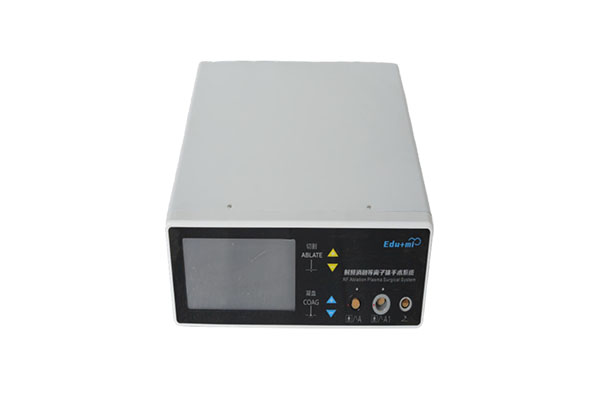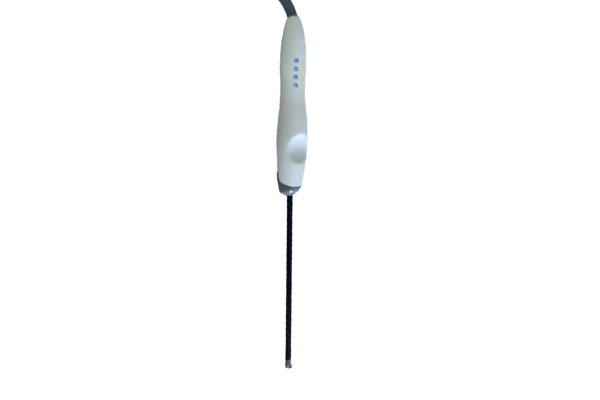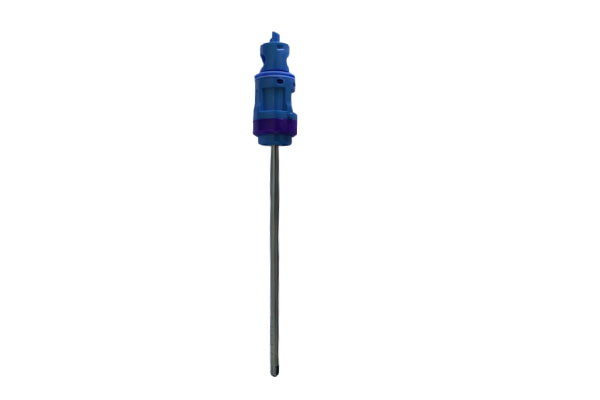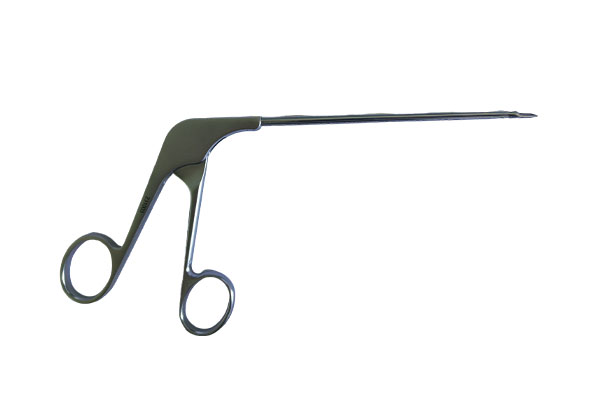How to ensure the sterility of disposable planing blade during surgery?
Release Time : 2025-03-25
In medical surgery, sterility is crucial, which is directly related to the patient's life safety and the success rate of the operation. As a commonly used cutting tool in modern surgery, the sterility of disposable planing blade is of paramount importance.
First of all, starting from the production link, disposable planing blades must undergo strict sterilization. During the production process, manufacturers will use high-efficiency sterilization methods such as high-temperature steam sterilization or ethylene oxide sterilization to ensure that the planing blade is sterile before leaving the factory. These sterilization methods have been verified to effectively kill various microorganisms including bacteria and viruses, thereby ensuring the safety of the planing blade.
Secondly, during transportation and storage, the sterility of disposable planing blades also needs to be guaranteed. Manufacturers will use aseptic packaging technology to seal the planing blade in a sterile package to prevent it from being contaminated during transportation and storage. At the same time, the transportation and storage environment also needs to be strictly controlled, such as keeping it dry, avoiding direct sunlight and high temperature, etc., to ensure the integrity of the sterile packaging.
When disposable planing blades are delivered to the hospital and are ready for surgery, it is particularly important to confirm and maintain their sterility. Before surgery, medical staff need to carefully check whether the sterile packaging of the planing blade is intact and whether there are any signs of damage or contamination. Only when the packaging is confirmed to be intact can the planing blade be used for surgery.
During the operation, medical staff need to strictly abide by the aseptic operation specifications to ensure that the disposable planing blade will not be contaminated during use. For example, when unpacking the planing blade, sterile instruments need to be used to operate to avoid direct contact between hands or other non-sterile items and the planing blade. At the same time, during the operation, medical staff need to keep the surgical area clean and dry to avoid contaminants such as blood and body fluids splashing on the planing blade.
In addition, hospitals also need to establish a complete sterile item management system to strictly track and manage sterile items such as disposable planing blades. From the warehousing, storage, distribution to the post-use treatment of the planing blade, detailed records and monitoring are required to ensure the safety and effectiveness of sterile items.
In general, ensuring the sterility of disposable planing blades during surgery requires multi-faceted efforts. From production, transportation, storage to use, all aspects need to strictly abide by aseptic operation specifications and management systems. Only in this way can we ensure that patients will not be infected or have risks caused by contamination of sterile items such as planing blades during surgery, thereby ensuring the safety of patients' lives and the success rate of surgery. At the same time, medical staff also need to continuously improve their aseptic operation skills and awareness to provide patients with safer and more effective medical services.
First of all, starting from the production link, disposable planing blades must undergo strict sterilization. During the production process, manufacturers will use high-efficiency sterilization methods such as high-temperature steam sterilization or ethylene oxide sterilization to ensure that the planing blade is sterile before leaving the factory. These sterilization methods have been verified to effectively kill various microorganisms including bacteria and viruses, thereby ensuring the safety of the planing blade.
Secondly, during transportation and storage, the sterility of disposable planing blades also needs to be guaranteed. Manufacturers will use aseptic packaging technology to seal the planing blade in a sterile package to prevent it from being contaminated during transportation and storage. At the same time, the transportation and storage environment also needs to be strictly controlled, such as keeping it dry, avoiding direct sunlight and high temperature, etc., to ensure the integrity of the sterile packaging.
When disposable planing blades are delivered to the hospital and are ready for surgery, it is particularly important to confirm and maintain their sterility. Before surgery, medical staff need to carefully check whether the sterile packaging of the planing blade is intact and whether there are any signs of damage or contamination. Only when the packaging is confirmed to be intact can the planing blade be used for surgery.
During the operation, medical staff need to strictly abide by the aseptic operation specifications to ensure that the disposable planing blade will not be contaminated during use. For example, when unpacking the planing blade, sterile instruments need to be used to operate to avoid direct contact between hands or other non-sterile items and the planing blade. At the same time, during the operation, medical staff need to keep the surgical area clean and dry to avoid contaminants such as blood and body fluids splashing on the planing blade.
In addition, hospitals also need to establish a complete sterile item management system to strictly track and manage sterile items such as disposable planing blades. From the warehousing, storage, distribution to the post-use treatment of the planing blade, detailed records and monitoring are required to ensure the safety and effectiveness of sterile items.
In general, ensuring the sterility of disposable planing blades during surgery requires multi-faceted efforts. From production, transportation, storage to use, all aspects need to strictly abide by aseptic operation specifications and management systems. Only in this way can we ensure that patients will not be infected or have risks caused by contamination of sterile items such as planing blades during surgery, thereby ensuring the safety of patients' lives and the success rate of surgery. At the same time, medical staff also need to continuously improve their aseptic operation skills and awareness to provide patients with safer and more effective medical services.







